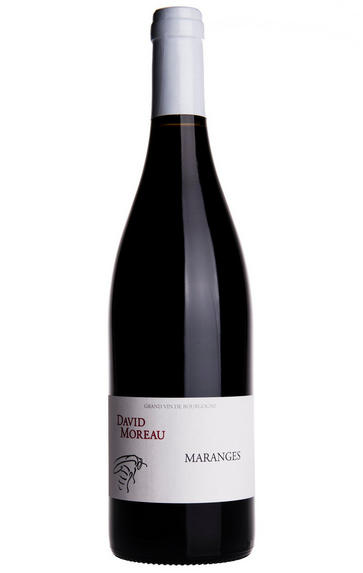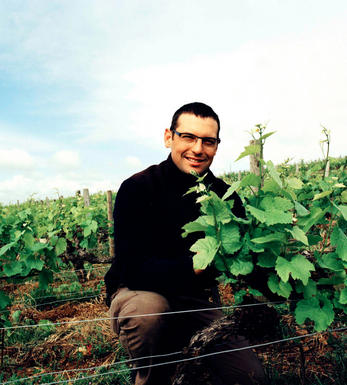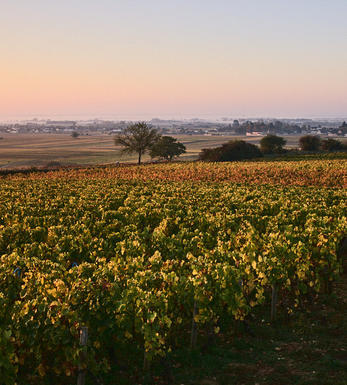
Critics reviews
William Kelley - 31/07/2019
About this WINE

David Moreau
David Moreau has taken over part of his octogenerian grandfather’s wine domaine in Santenay in Côte de Beaune, beginning with the 2009 vintage. Prior to that David has worked with Olivier Lamy and Domaine de la Romanée Conti, as well as doing a stage in New Zealand at Neudorf.
David is beginning with 5 of the family’s 9 hectares and suffice to say that significant changes in both viticulture and vinification have been made compared to the ancien regime. The vineyards were almost all planted in the 1960s, so David has old vines to work with. They are mostly pruned by cordon royat to minimise vigour, and the land is either ploughed or left with grass depending on the circumstance of a given plot.

Maranges
Maranges is the southernmost wine appellation of the Côte de Beaune and not as well known as it deserves to be for its robust red wines. The AC only came into existence in 1989 with the amalgamation of the villages of Cheilly, Dezize and Sampigny.
- 140 hectares of village Maranges.
- 100 hectares of premier cru vineyards (20 in all). Best vineyards include La Fussière
Though a very small amount of white wine is made, the lion’s share is Pinot Noir – firm, sturdy wines which need a gentle hand to manage the fruit. Normally drunk best at three to five years old.
Recommended Producers:
Contat Grangé, and Camille Giroud who has made a speciality out of Marange wine since 2004

Pinot Noir
Pinot Noir is probably the most frustrating, and at times infuriating, wine grape in the world. However when it is successful, it can produce some of the most sublime wines known to man. This thin-skinned grape which grows in small, tight bunches performs well on well-drained, deepish limestone based subsoils as are found on Burgundy's Côte d'Or.
Pinot Noir is more susceptible than other varieties to over cropping - concentration and varietal character disappear rapidly if yields are excessive and yields as little as 25hl/ha are the norm for some climats of the Côte d`Or.
Because of the thinness of the skins, Pinot Noir wines are lighter in colour, body and tannins. However the best wines have grip, complexity and an intensity of fruit seldom found in wine from other grapes. Young Pinot Noir can smell almost sweet, redolent with freshly crushed raspberries, cherries and redcurrants. When mature, the best wines develop a sensuous, silky mouth feel with the fruit flavours deepening and gamey "sous-bois" nuances emerging.
The best examples are still found in Burgundy, although Pinot Noir`s key role in Champagne should not be forgotten. It is grown throughout the world with notable success in the Carneros and Russian River Valley districts of California, and the Martinborough and Central Otago regions of New Zealand.



Buying options
Add to wishlist
Description
These are David’s oldest vines, with two parcels planted in 1947 and 1943, on red clay and decomposed granite respectively. The slightly younger plot is Premier Cru land and makes up 45 percent of the blend. Vivid ruby in colour, the crunchy red-berry fruit mingles with chalky tannins to produce a very drinkable wine. Drink 2019-2023.
David began picking on 7th September for his Pinot Noir, pointing out that while this was the same date as in 2015, the two vintages have contrasting profiles. David used the word digeste to describe the 2017s, suggesting these are wines which will have you reaching for the next glass. The character of the vintage is one of freshness, purity, bright red fruit and floral notes, a combination which marries perfectly with Davids precise and confident winemaking style.
wine at a glance
Delivery and quality guarantee